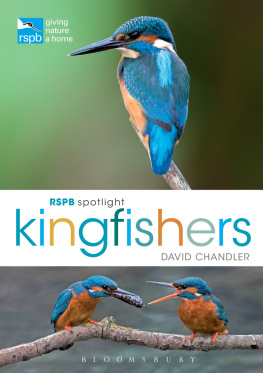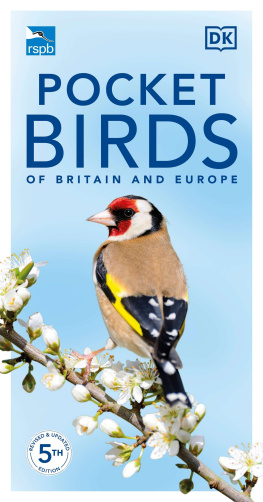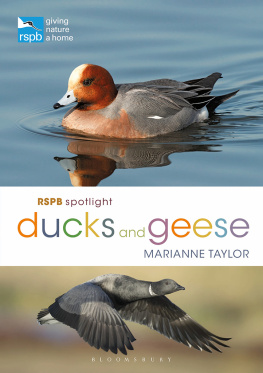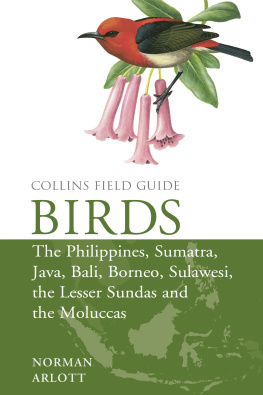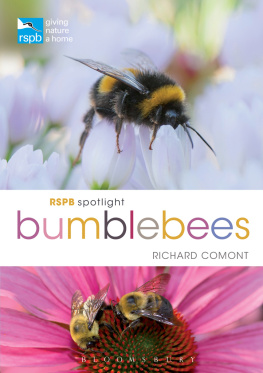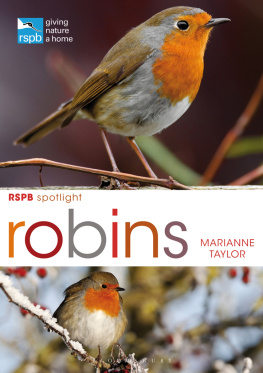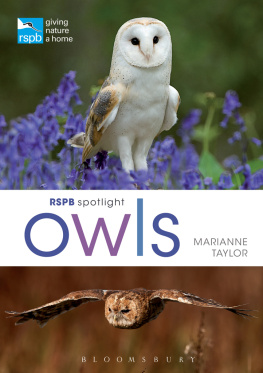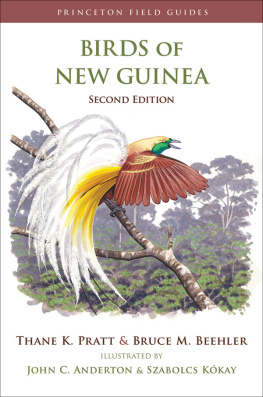
Bloomsbury Publishing
| 50 Bedford Square | 1385 Broadway |
| London | New York |
| WC1B 3DP | NY 10018 |
| UK | USA |
www.bloomsbury.com
This electronic edition published in 2017 by Bloomsbury Publishing Plc
BLOOMSBURY and the Diana logo are trademarks of Bloomsbury Publishing Plc
First published 2017
David Chandler, 2017
Photographs as
David Chandler has asserted his right under the Copyright, Designs and Patents Act, 1988, to be identified as Author of this work.
All rights reserved
You may not copy, distribute, transmit, reproduce or otherwise make available this publication (or any part of it) in any form, or by any means (including without limitation electronic, digital, optical, mechanical, photocopying, printing, recording or otherwise), without the prior written permission of the publisher. Any person who does any unauthorised act in relation to this publication may be liable to criminal prosecution and civil claims for damages.
No responsibility for loss caused to any individual or organisation acting on or refraining from action as a result of the material in this publication can be accepted by Bloomsbury or the author.
British Library Cataloguing-in-Publication Data
A catalogue record for this book is available from the British Library.
Library of Congress Cataloguing-in-Publication data has been applied for.
ISBN: 978-1-4729-3367-6 (PB)
ISBN: 978-1-4729-3368-3 (eBook)
ISBN: 978-1-4729-3372-0 (ePDF)
Design by Susan McIntyre
To find out more about our authors and their books please visit www.bloomsbury.com where you will find extracts, author interviews and details of forthcoming events, and to be the first to hear about latest releases and special offers, sign up for our newsletters.

For all items sold, Bloomsbury Publishing will donate a minimum of 2% of the publishers receipts from sales of licensed titles to RSPB Sales Ltd, the trading subsidiary of the RSPB. Subsequent sellers of this book are not commercial participators for the purpose of Part II of the Charities Act 1992.
Contents


An alert male. The distinctive Kingfisher is easy to recognise, but not so easy to see.
Meet the Kingfisher
There is something about Kingfishers. No matter how many times you have seen them, they can still make a day special. The Kingfisher, or Common Kingfisher to be more precise, is one of our most colourful birds. It may not be easy to see one, but when you do you will probably know what it is, and will probably tell someone about the encounter, even if all you saw was little more than a blue blur. In Europe, Kingfisher identification is simple; with the exception of Turkey, Cyprus and Azerbaijan, there is only one kingfisher species. Its scientific name is Alcedo atthis. Alcedo means kingfisher, and our Kingfisher is named after Atthis, a lady who lived on Lesbos around 600 BC.
It would be hard to confuse the Kingfisher with anything else and many people who have never seen one know what it looks like. They may not know how to tell a male from a female, or a juvenile from an adult, but even that is pretty straightforward given a half-decent view.

The blue tips of its feathers work en masse to produce the Kingfishers gloriously blue back and tail.
Small and colourful
The Kingfisher is definitely not an LBJ (or Little Brown Job, as many birders describe small drab birds they cant easily identify). It is little though. Measured from bill-tip to tail-tip, a Kingfisher is 1617cm (66in) long, and its bill comprises roughly a quarter of that. It has short, rounded wings that span 2426cm (910in) when spread. An adult weighs between 34g and 46g (11oz). To put this in perspective, at up to 100g (3oz) a standard letter can weigh more than two large Kingfishers.
To describe this bird as blue and orange doesnt do justice to its stunning plumage, especially the range of blues, which in some lights can look green. Capturing these wonderful colours in words is not easy it is hard to define the exact blue of a Kingfisher, not least because it isnt just one colour. The most striking blue is on their tail and back and can be seen particularly well on a bird in flight. It is only the tips of the feathers that produce this blast of colour, but because of the way the feathers overlap we just see the tips. This blue is described as electric and shifts from azure to cobalt.

Small, colourful and deadly on this occasion at least.

It is no wonder that this beautiful bird is so popular. Its lovely plumage, seen here on a female, is most striking on the tail and back.
The colour changes we observe are caused by the structure of the feathers rather than only by pigments. Their structure is such that when light hits them the blue wavelengths are scattered more than the red ones, a phenomenon known as the Tyndall effect. Where there is electricity in the Kingfishers plumage the blues are not static, and these areas can take on different tones in different light conditions, adding yet more sparkle. To be strictly accurate, the electric blue tail is not actually the tail, but the upper tail-coverts. These are smaller feathers that cover the base of the tail, and in the Kingfishers case, much of the rest of the tail too. The true tail lies underneath and is a darker blue.

Feathers from a juvenile Kingfishers back (middle) and breast (left and right).

Kingfisher back and tail feathers under the microscope. The shimmering electric blue is due to the structure of the feather, not just the pigmentation.
Elsewhere on the bird there is less voltage. The blues on the wings and head are darker, and can appear green in some light conditions. The forehead, crown, nape, and the bar that descends from the base of the bill are brighter than the wings and head and some of the wing-coverts (small feathers that cover the bases of the flight feathers) are also tipped with a bolt of blue.
For one so bright the Kingfisher can be easy to overlook, and you may not notice it until your presence disturbs it and forces it to fly low, fast and with whirring wings. Somehow those tropical colours dont always betray the birds presence, and a perched bird can be surprisingly hard to spot among waterside vegetation.

